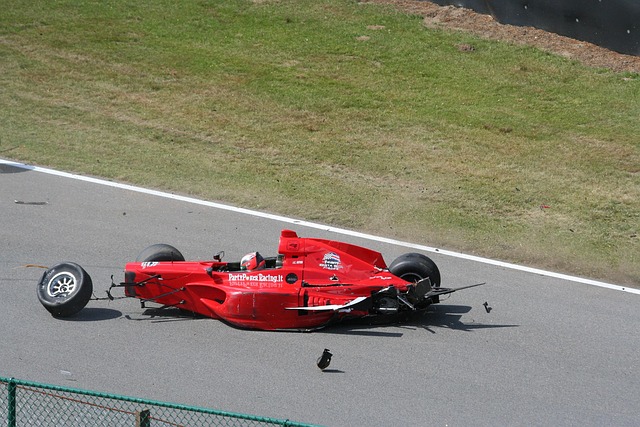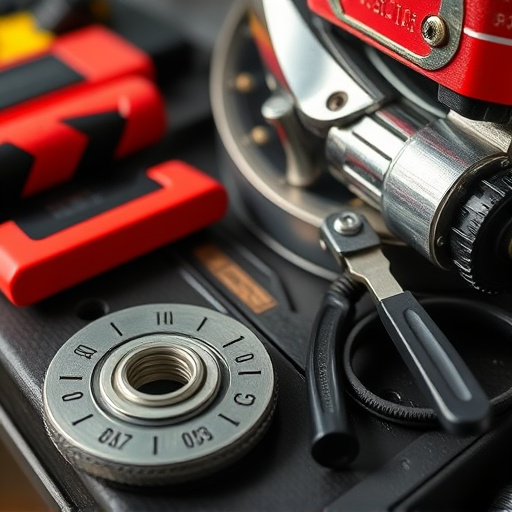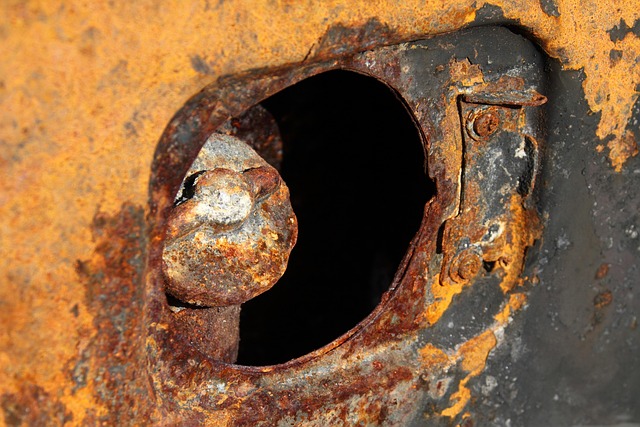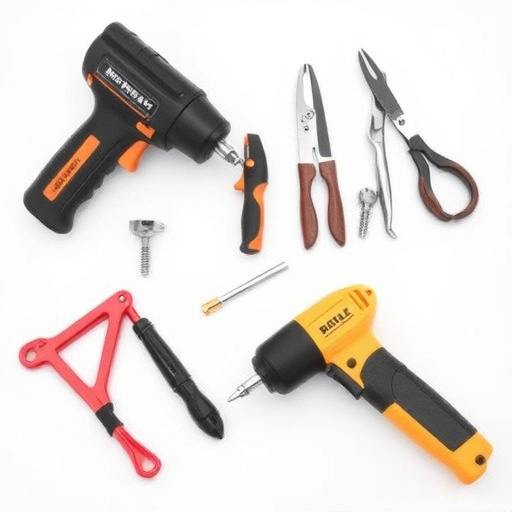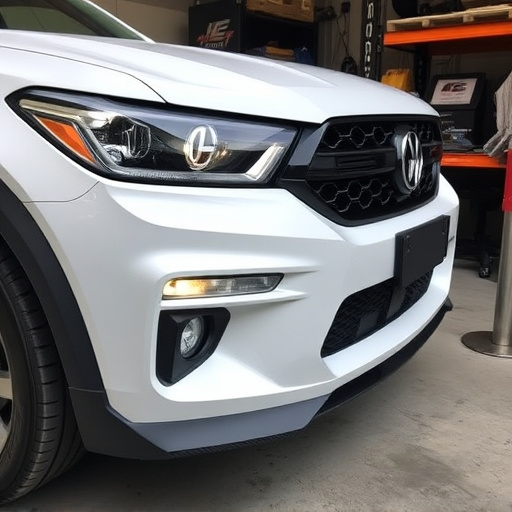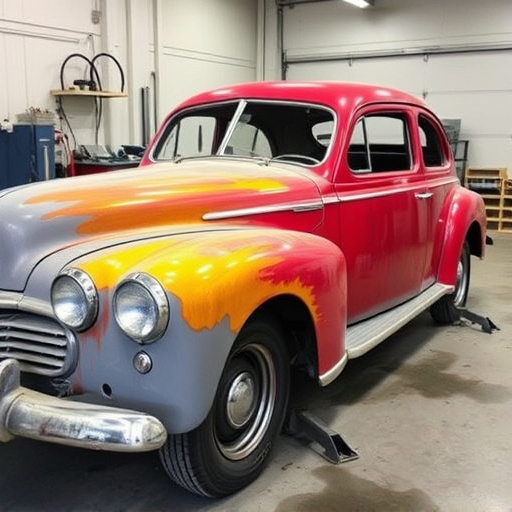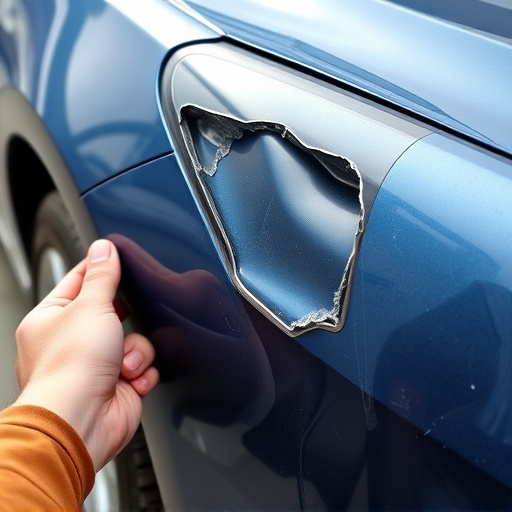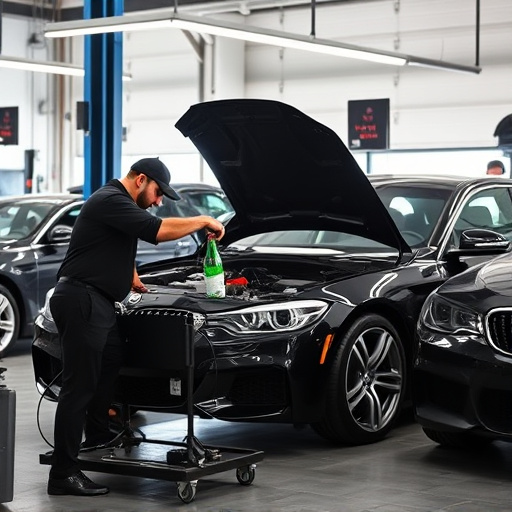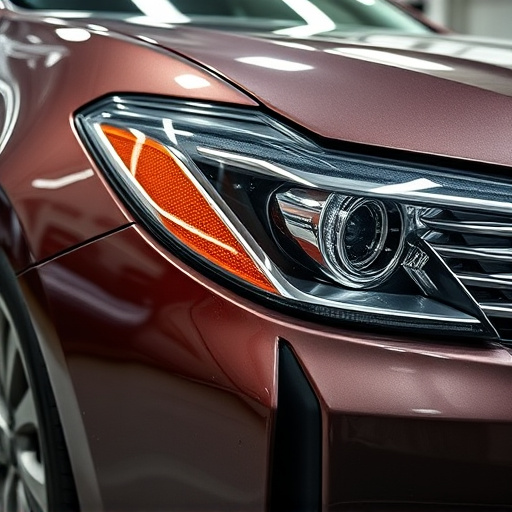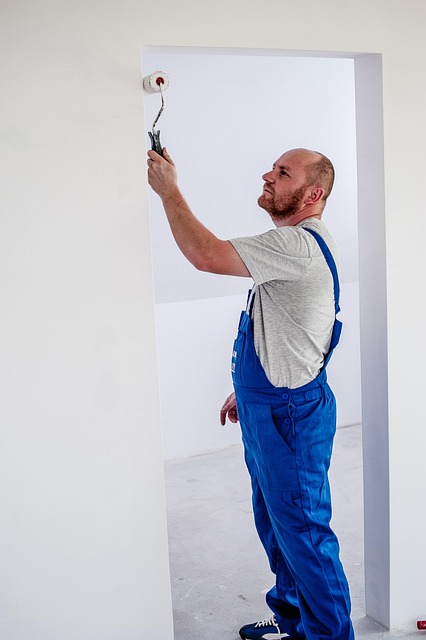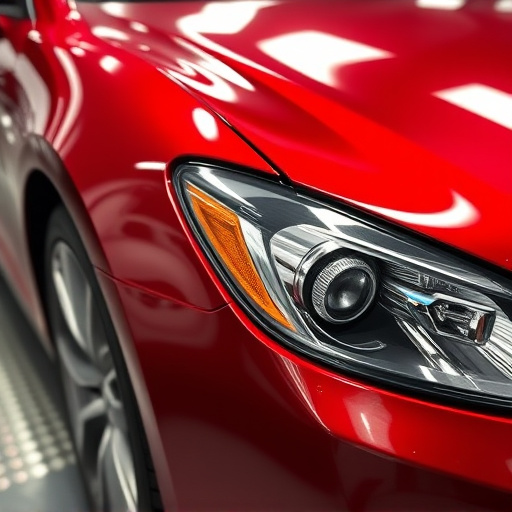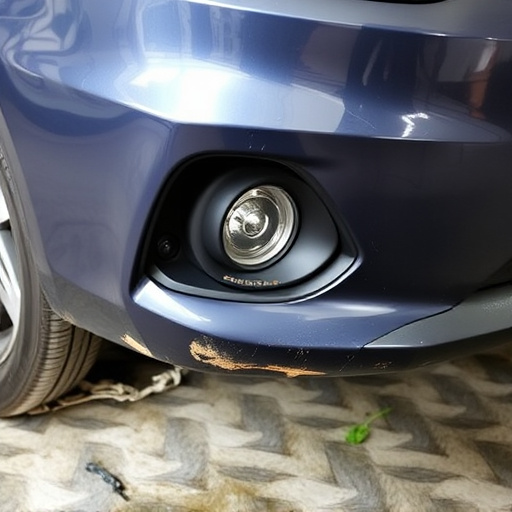Sports car body repair is a specialized field requiring advanced techniques, tools, and materials (like carbon fiber) to preserve these high-performance vehicles' unique aesthetics and structural integrity. Unlike standard auto repairs, meticulous attention is needed for intricate panel work, precise measurements, and performance dynamics to maintain optimal handling and acceleration. Skilled technicians use 3D scanners for accurate alignment, ensuring each repair meets manufacturer standards while preserving the car's distinctive character and value. It's crucial to visit a shop specializing in sports car body repair for superior results.
In today’s market, sports car body repair services are becoming increasingly essential for automotive shops aiming to cater to a dedicated niche. Sports cars, with their intricate designs and specialized components, present unique challenges during the repair process. This article explores why offering these services should be standard, delving into the specific needs of sports car owners and the benefits it brings to both businesses and enthusiasts. By addressing the unique challenges and implementing proper training and equipment, shops can position themselves as experts in high-performance vehicle restoration.
- The Unique Challenges of Sports Car Body Repair
- – Discussing the specialized nature and intricate details of sports car designs
- – Highlighting common issues unique to these vehicles
The Unique Challenges of Sports Car Body Repair
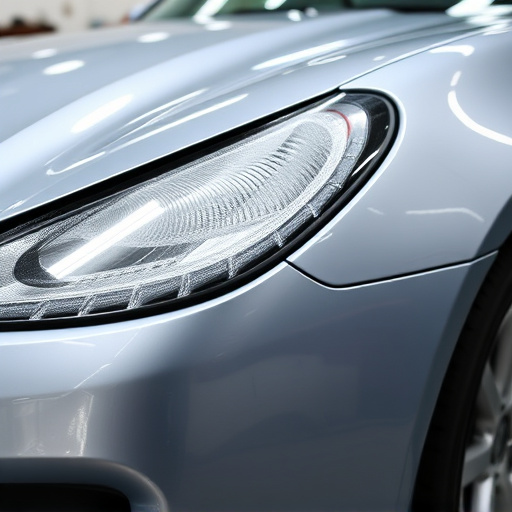
Sports car body repair presents a unique set of challenges that differ from standard automotive repair. These high-performance vehicles are designed with precision and aesthetics in mind, requiring intricate panel work and precise measurements to maintain their sleek lines and optimal aerodynamics. The specialized materials used in sports cars, such as carbon fiber and lightweight alloys, necessitate advanced tools and techniques for effective repair without compromising the structural integrity or visual appeal.
Furthermore, the intricate nature of sports car body repairs demands a high level of skill and experience from technicians. A collision can cause hidden damage that might not be immediately visible, requiring sophisticated equipment like 3D scanners to detect and address subtle misalignments. Unlike regular auto repair services, sports car body repair must also factor in the vehicle’s performance dynamics, ensuring that all repairs are aligned with the manufacturer’s standards to maintain optimal handling and acceleration capabilities.
– Discussing the specialized nature and intricate details of sports car designs
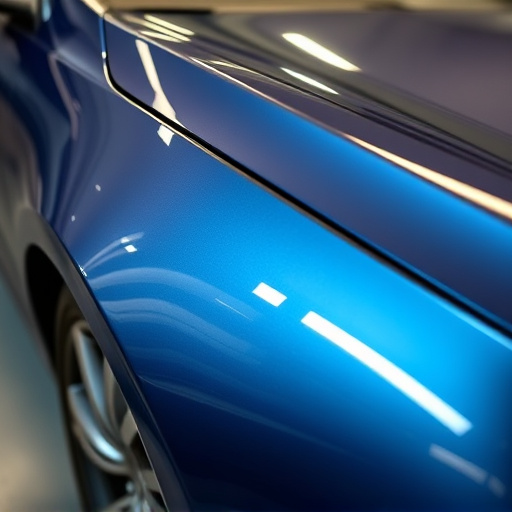
Sports cars are a masterpiece of engineering and design, with intricate details that set them apart from standard vehicles. The specialized nature of their construction means that minor repairs can be more complex than they seem. A sports car’s sleek lines, aerodynamic curves, and precision-engineered components demand meticulous attention to detail during any body repair process. Skilled technicians understand the delicate balance between aesthetics and functionality in these high-performance machines, ensuring every fix is tailored to preserve their unique character.
Unlike standard vehicles, sports cars often feature intricate body panels, advanced materials, and specialized finishes. From carbon fiber composite parts to precision-engineered metal work, these elements require specialized tools and techniques for effective repair. Vehicle paint repair on a sports car, in particular, calls for expert skills to match the original finish perfectly, maintaining both the vehicle’s value and its distinctive appearance. A reliable collision repair center equipped with experienced technicians can provide the necessary services, ensuring that these intricate designs are restored to their former glory.
– Highlighting common issues unique to these vehicles
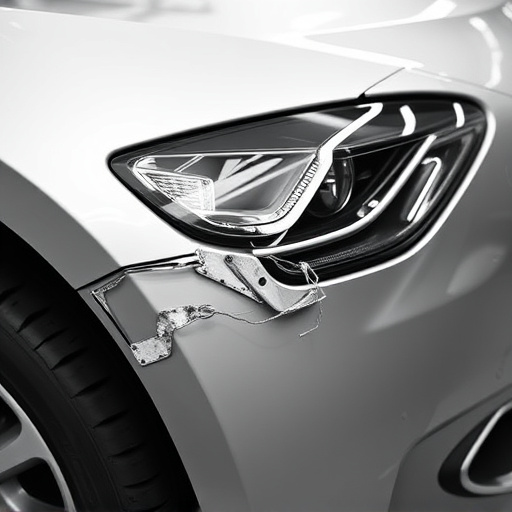
Sports cars, with their sleek designs and high-performance capabilities, often come with unique challenges when it comes to body repair. These vehicles are engineered for speed and style, but their intricate aerodynamics and specialized materials can make standard auto body repair techniques less effective. Common issues include complex paneling that requires precise alignment for a seamless finish, as well as delicate composite or carbon fiber components that are susceptible to damage during the repair process.
Unlike regular cars, sports cars often have contoured bodies and intricate gaps that demand meticulous attention during the body repair process. Furthermore, the use of advanced materials like kevlar or specialized adhesives requires specialized knowledge and equipment, making it crucial to visit a shop equipped with experienced technicians and state-of-the-art facilities for superior sports car body repair.
In light of the above discussions, it’s clear that sports car body repair poses distinct challenges due to these vehicles’ specialized designs and intricate details. As sports cars become more prevalent on the roads, shops should adapt by offering standard services for their unique body repair needs. This ensures that owners can access reliable, high-quality repairs tailored to their high-performance vehicles, fostering a safer and more enjoyable driving experience.
